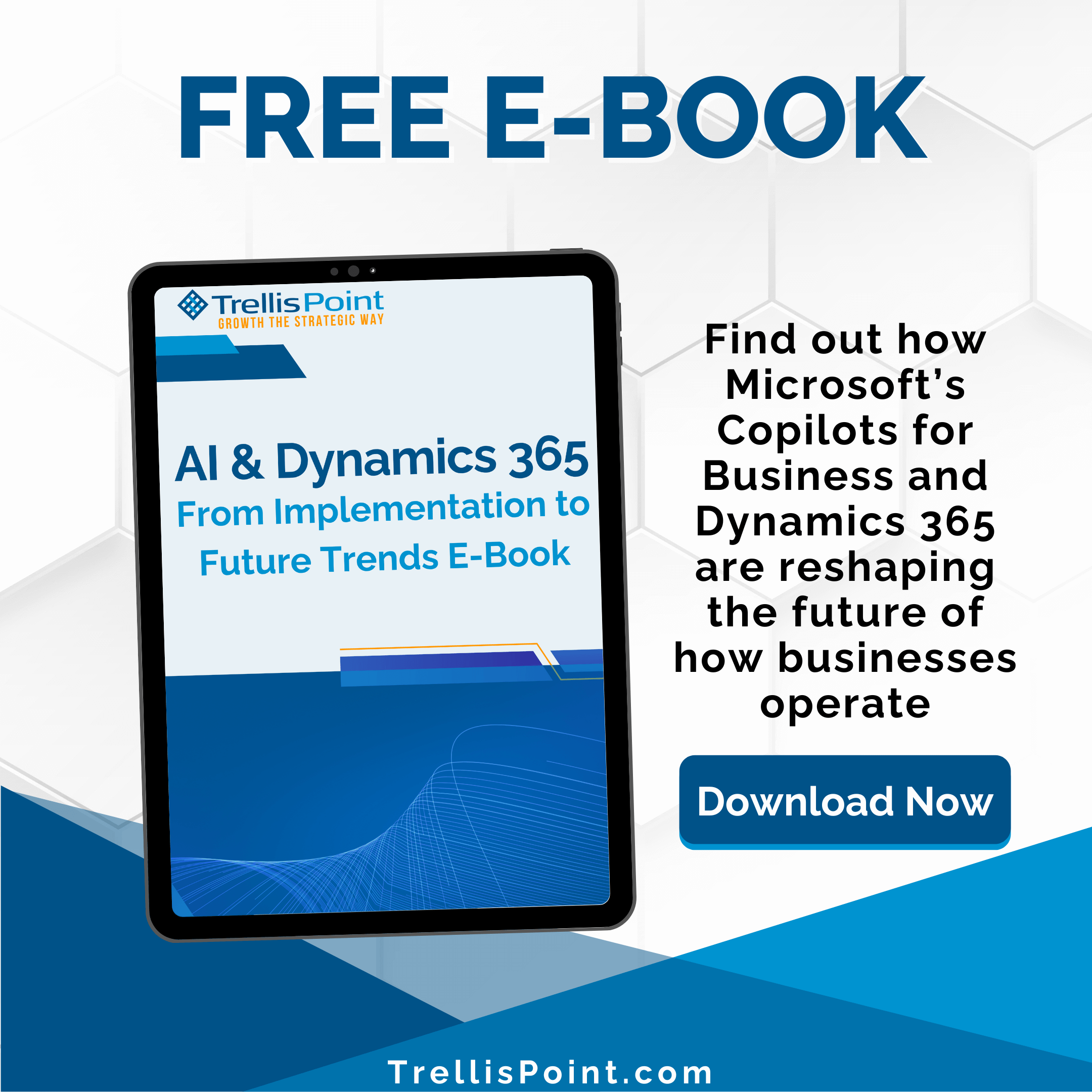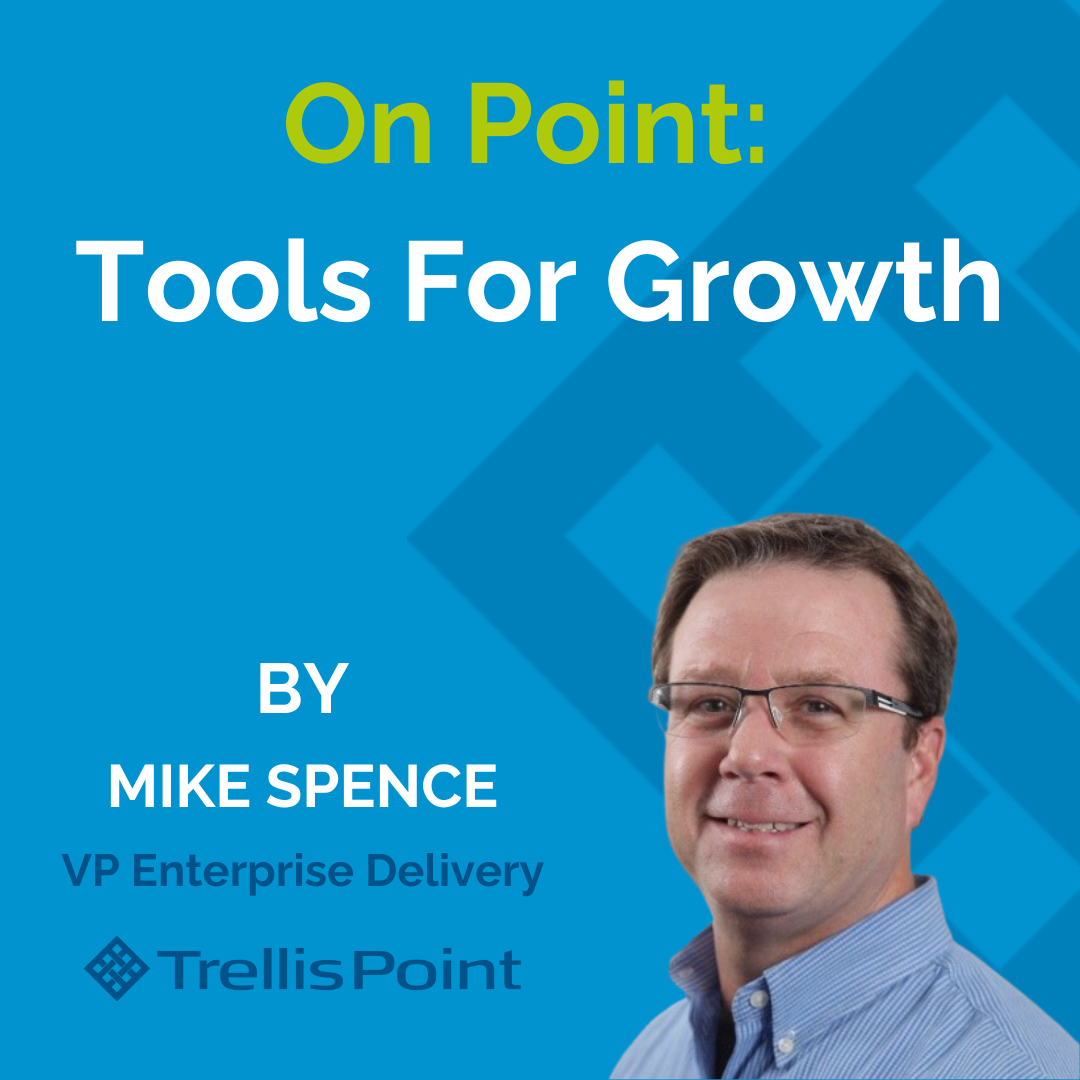Learn With TrellisPoint
Find free resources to help you drive growth! We will be regularly publishing resources focused on Microsoft Dynamics 365, Power Platform, artificial intelligence (Copilot), Organizational Change Management, Enterprise Agility and Digital Transformation. We will publish E-books, host webinars, offer services and share newsletters around those subjects.
.png)
The Visual Guide for Deciding Which Copilot License You Need!
Use our visual guide to figure out exactly which Copilot license you need based on all of the other Microsoft licenses you already have (or do not have).
Read our article, Dynamics 365 Copilot for Sales Licensing Explained 2024 for more information.
Date Released: 6/7/24
Download
%20(1).png)
TrellisPoint's Release Wave Review Service
TrellisPoint's "Release Wave Review" service helps companies with Microsoft Dynamics 365 applications understand the implications of Microsoft's Release Waves! This service is for the April 2024 Microsoft Release Wave specifically.
Release Date: 3/12/24
Service
No results
Can't find what you're looking for? No problem. Let us help.


.png)
%20(1).png)
.png)
.png)
.png)
.png)
%20(2).png)




